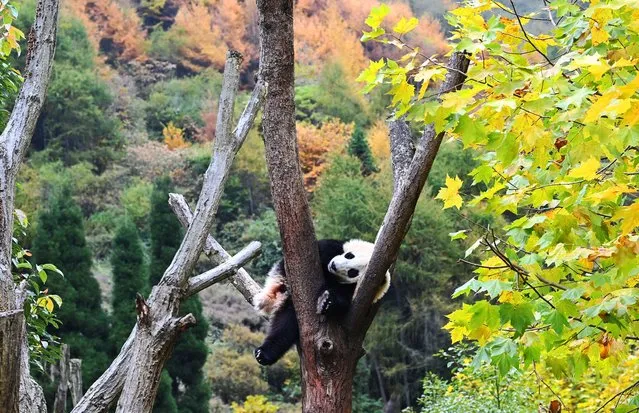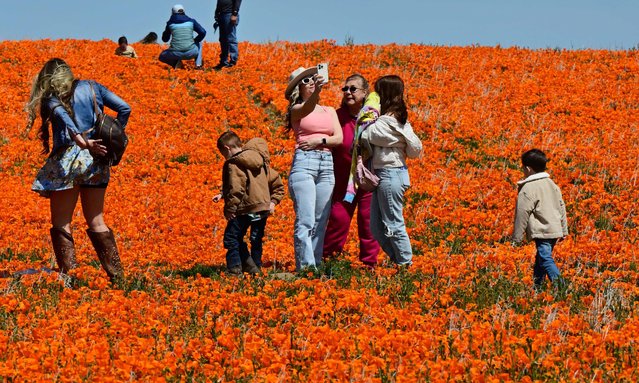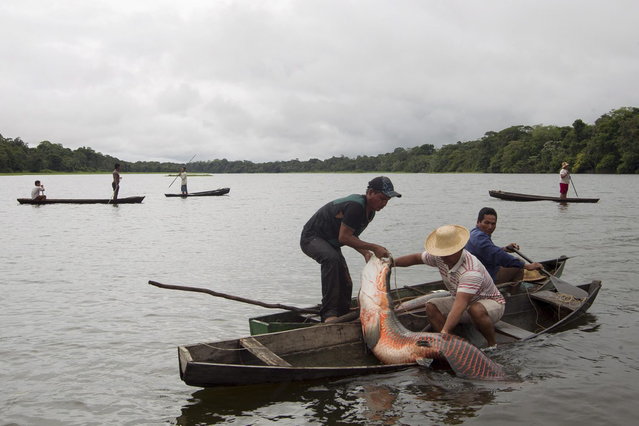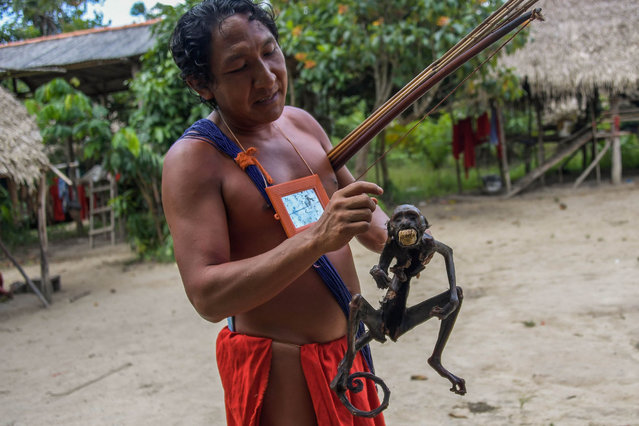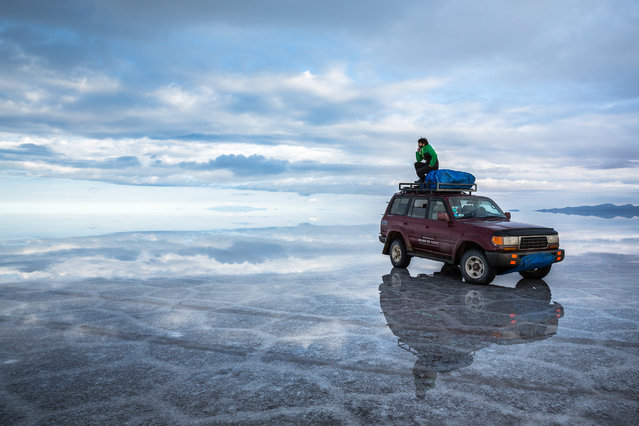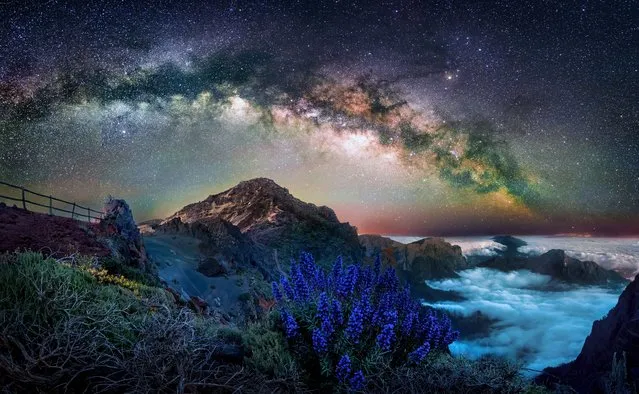
Gold bars from the vault of a bank and Swiss one franc coins are seen in this illustration picture taken in Zurich November 20, 2014. The “Save our Swiss gold” proposal, spearheaded by the right-wing Swiss People's Party (SVP), aims to ban the central bank from offloading its reserves and oblige it to hold at least 20 percent of its assets in gold. The referendum is scheduled for November 30. The SVP argues it would secure a stable Swiss franc. (Photo by Arnd Wiegmann/Reuters)
22 Nov 2014 13:31:00,post received
0 comments

